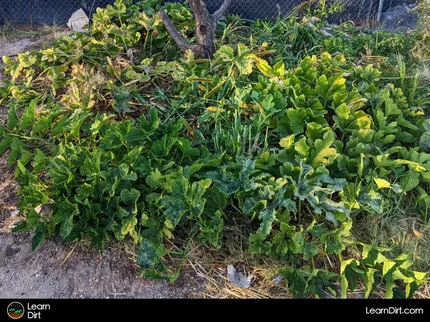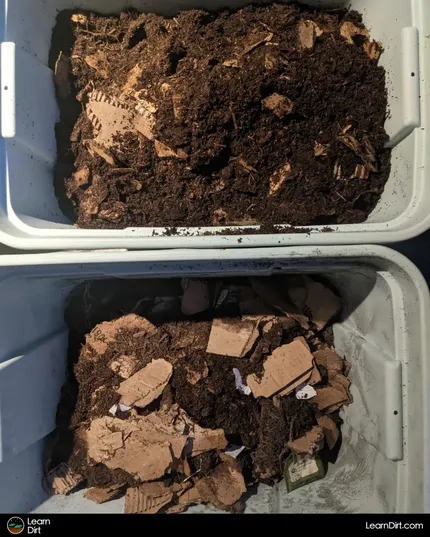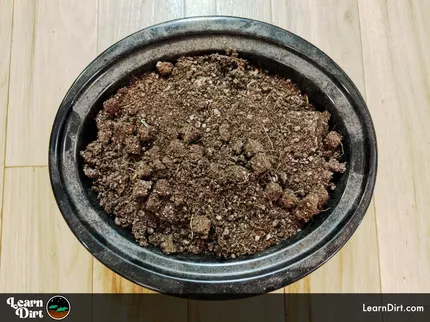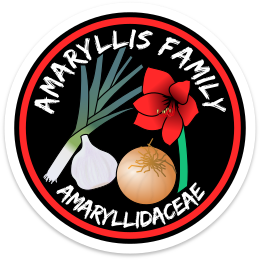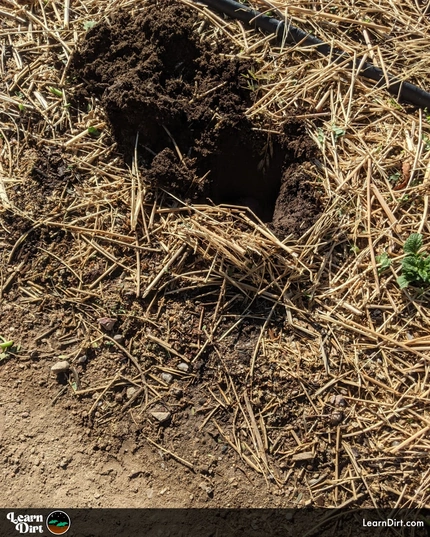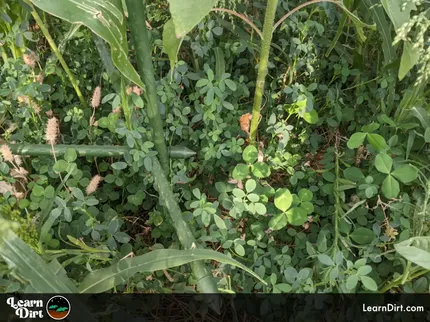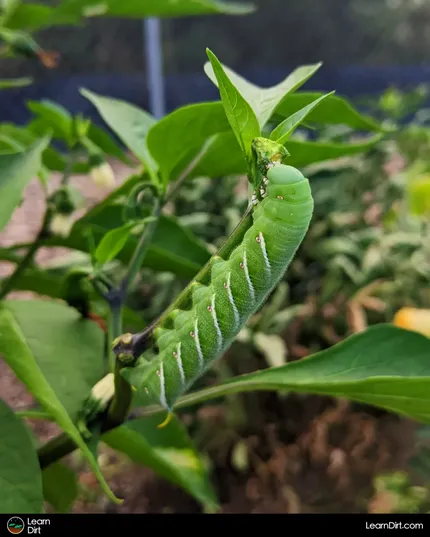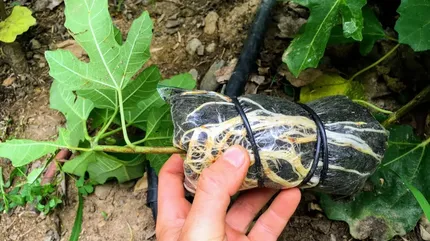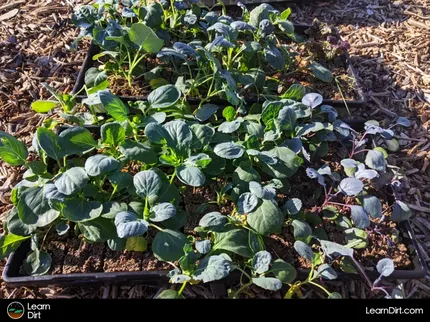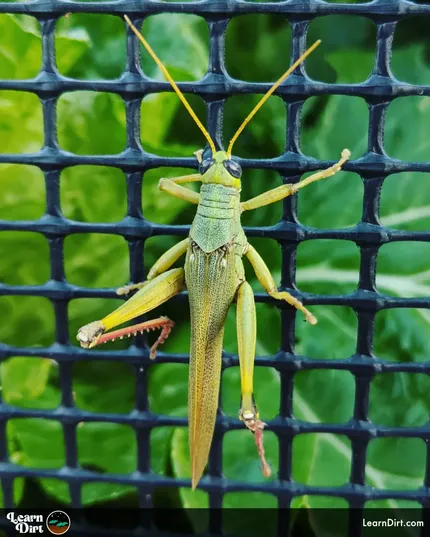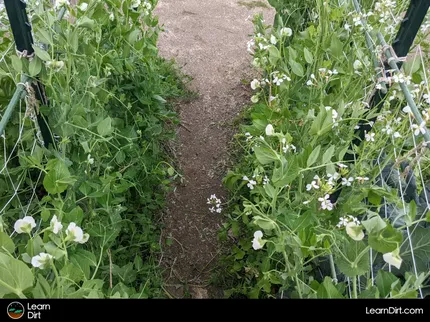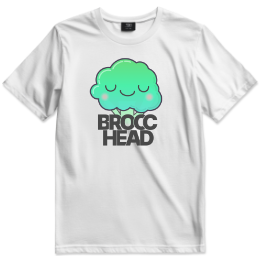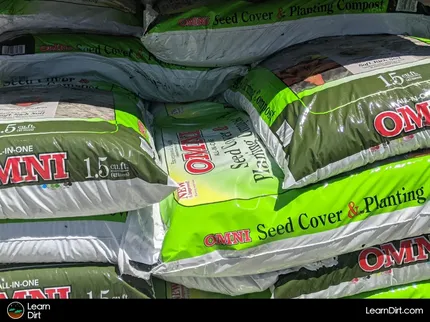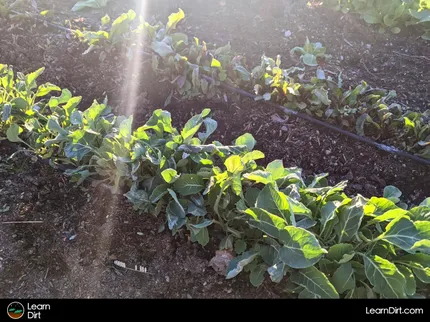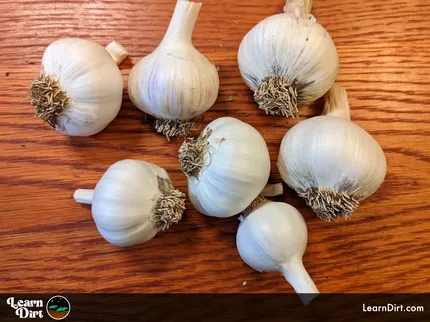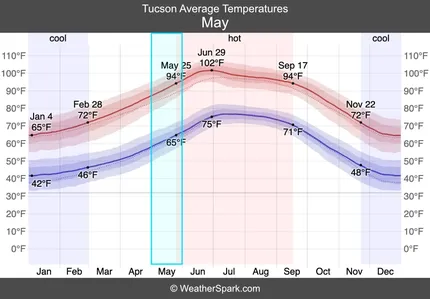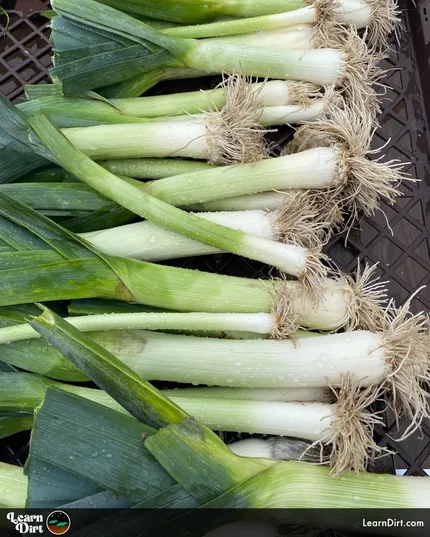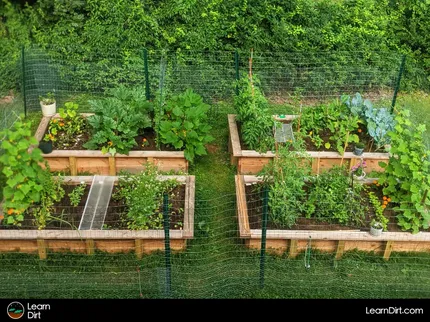Table of Contents
- A Note About Peat Moss
- Does Peat Moss Hold Water?
- Dry Peat Moss
- How to Rehydrate Peat Moss
- FAQs
- Final Thoughts...
* Our articles never contain AI-generated slop *
If you're struggling to water your peat moss or potting mix and find that the water just beads up or runs straight through, you're not alone. Dry peat moss is so good at repelling water that you'd swear it never could have come from wet bogs.
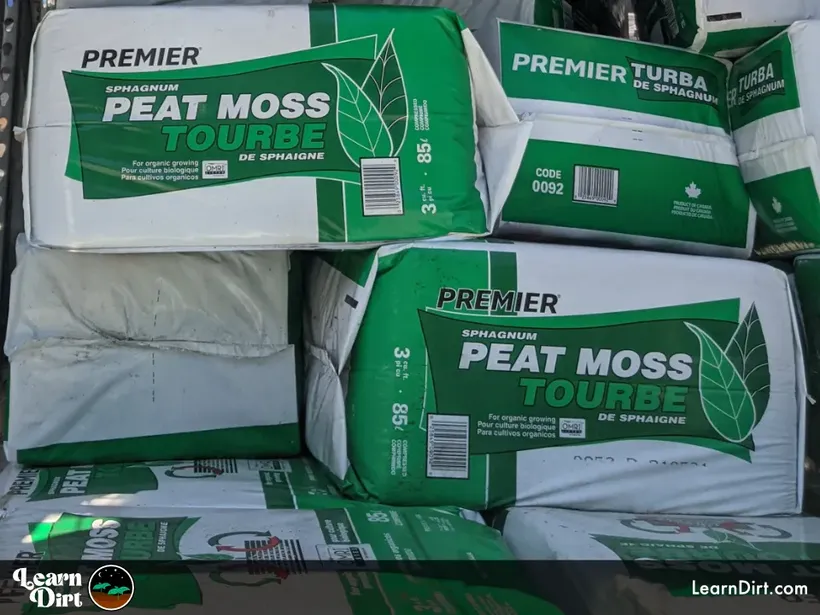
You're encountering the peat moss hydrophobic dilemma: peat moss is dried before packaging and can be almost impossible to rehydrate when it's totally dry.
We'll cover why this happens and more importantly - what the heck you can do about it, so read on.
Disclaimer: This post may contain affiliate links. Refer to the privacy policy for more information.
A Note About Peat Moss
Before we jump into rehydration techniques, a quick note about the peat moss elephant in the room:
Peat moss is the center of much environmental controversy because its sourcing is inherently unsustainable long-term.
This stuff accumulates in peat bogs at a ridiculously slow rate - we're talking 1mm per year at most.
Bogs are delicate ecosystems which formed over thousands of years.
You can imagine that digging them all up will have inevitable environmental consequences. They'll also eventually run out of peat and everyone will be force to switch to an alternative any way.
For this reason, many gardeners choose to make a proactive choice to jump ship before too many bogs are destroyed.
Join The Grower's Community
Looking for a place to meet growers,
ask questions, share knowledge, be heard,
and feel like you belong? 🌱
Check It Out!
Recognizing the need for alternatives, one notable option is coco peat (coir). It's important to note, however, that coco peat also has environmental consequences. Increased transportation distance is required to source coco as compared to peat, for instance. That means more fuel burned to get it to you.
Whatever you choose, both peat moss and coco peat have very similar consistencies and moisture-retention properties. Both peat moss and coco peat are also similarly hydrophobic. For this reason, we'll use them interchangeably throughout this article.
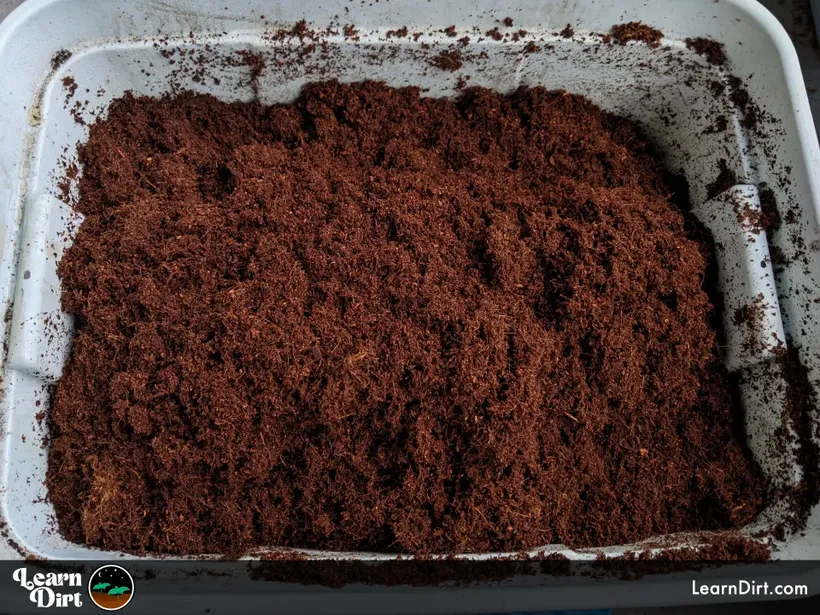
Just like peat moss, it is hydrophobic when dry and difficult to hydrate.
Does Peat Moss Hold Water?
Gardeners really dig peat moss for its moisture retention ability. It fluffs up seed-starting mix and potting mix, and holds water like a sponge.
I'd estimate that the vast majority of gardeners in the Western hemisphere likely rely on peat moss.
Dry Peat Moss
Peat moss, when dry, exhibits hydrophobic properties. This makes dry peat moss challenging to get to absorb water.
If you pour a bunch of water onto a compressed peat moss block, it'll bead right up and drip off. It's very resistant to wetting when it's bone-dry.
This issue turns frustrating when using peat moss in seed trays. Trying to hydrate your seed trays when they're peat-heavy can be tedious and feel overly time-consuming.
How to Rehydrate Peat Moss
Let's talk about some of the ways you can rehydrate your peat moss when it's not absorbing water:
Mix Peat Moss With Soil
The simplest solution to improve the rehydration process is to mix peat moss with soil or finished compost. This option is great if you're using peat to make a seed-starting mix anyway.
The compost will bind to the peat, and help hydrate it.
Feel free to mix in perlite, vermiculite, sand, and any other amendments and textural components to your own specifications.
You can experiment with a 50/50 ratio or a 2/3 seed mix to 1/3 peat moss. The goal is to ensure that there is sufficient soil in the mixture to counteract the hydrophobic nature of peat moss.
For ideas on seed-starting mix ratios, check out this article.
Use Warm Water to Rehydrate Peat Moss
Using warm water during the rehydration process can significantly aid in peat moss absorption. This method can be combined with the previous option by mixing warm water into the peat moss and seed mix combo.
I find that leaving peat moss in a plastic tub or tote with the lid on for a day allows the peat to really soak up the water.
Bonus points for putting the tub outside on a warm day, where the moisture has a chance to evaporate, condense on the lid, and precipitate back down onto the peat. A miniature hydrological cycle in a tub in the sun will do all the work of rehydrating your peat for you without any hassle.
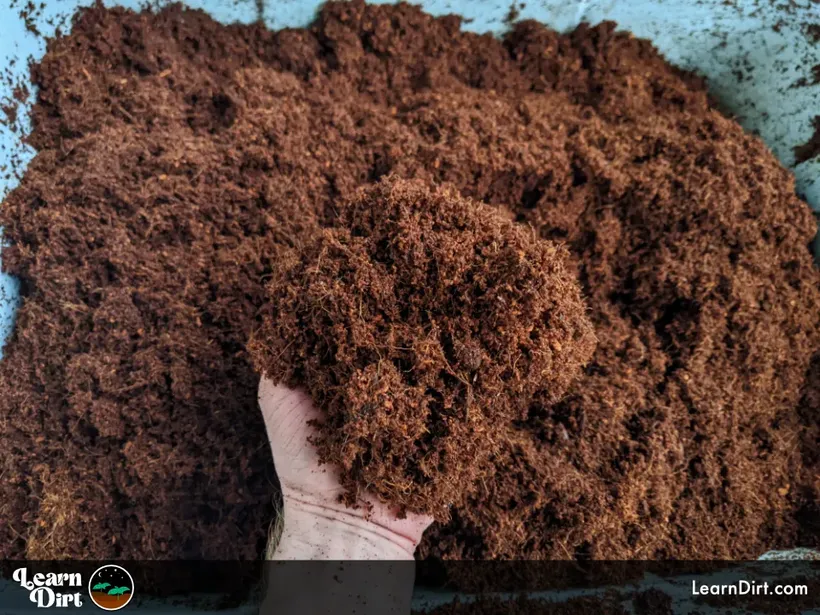
It started as a 10lb compressed block,
and filled most of a 20 gallon tote after hydration
Rehydrate Peat Moss via Agitation
Another effective technique is to agitate the peat moss manually with water. Similar to the previous method, this approach involves mixing the peat moss and water by hand in a container before applying it to the seed trays.
The physical agitation helps break the hydrophobic tendencies of the peat moss, allowing it to soak up the water more readily.
Considerations on Using Surfactants
While some suggest using surfactants to aid in peat moss rehydration, I do not personally recommend it.
Surfactants often have a tendency to harm or kill various species of soft-bodied insect. This may be a benefit in sterile indoor environments (such as indoor hydroponics), but indiscriminately harming a broad swath of life is somewhat antithetical to the organic mindset.
Dig Cool Merch?
That said, the negative affect of surfactants is diluted if you dilute your peat moss or coco coir as in a seed-starting mix recipe.
Be aware that some peat moss has a surfactant pre-applied, so it's worth reading the label to make sure what you're buying is just peat moss with nothing else added if that matters to you.
FAQs
How Long Does Peat Moss Hold Water?
Peat moss can hold up to 10x its dry weight in water, expanding substantially as it hydrates.
From fully-saturated, peat moss can hold moisture for a few days in hot and dry conditions (like the desert where I live) to a month or more in cooler and wetter conditions.
Direct sunlight can also speed up the evaporation process, but can be mitigated with a layer of mulch to keep the sun off.
Wind also pulls moisture from peat moss and soils faster than calm days.
How Much Does Peat Moss Expand?
The fluffy stuff (not compressed) won't expand very much when rehydrated.
Compressed peat moss will expand significantly when rehydrated, often to 2 or 3 times its original volume.
Final Thoughts...
Whether you use peat moss or coco peat for your gardening, you've now got the know-how to hydrate these notoriously hydrophobic mediums.
I hope you have a successful gardening season and get to enjoy spending time in your garden this year!
That's all for now, thanks for reading!
If you have any questions, comments, or would like to connect with fellow gardeners, head on over to the forum and post there.



![Black Dirt Live Again [Purple]](/media/product_images/black-dirt-live-again-[purple]_sticker_260x260.png)
